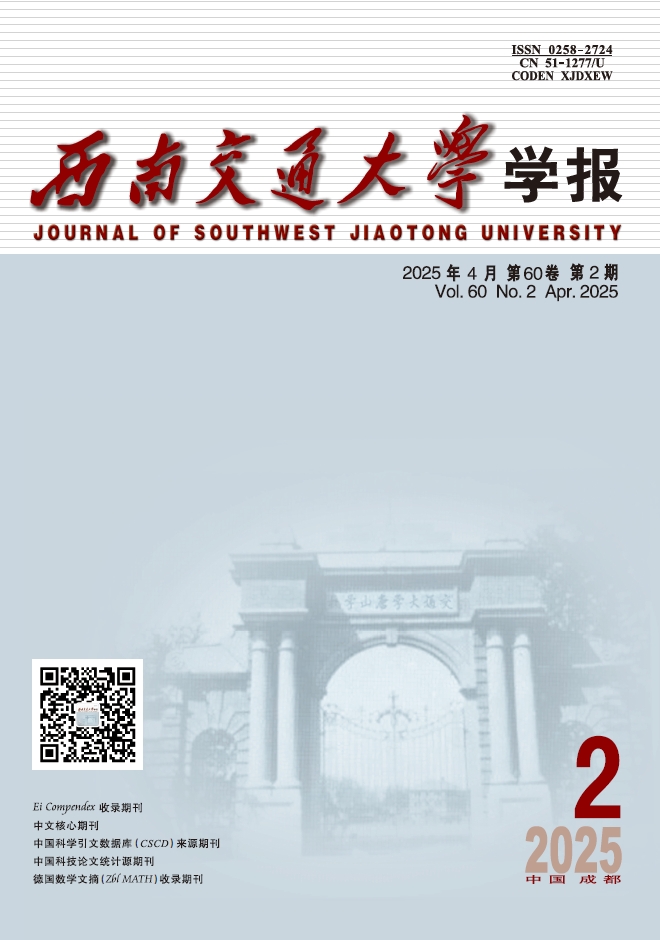2024 Vol. 59, No. 3
Display Method:
Summary of Research on Key Technologies and Energy Management of Electro-Hydraulic Hybrid Powertrain
2024, 59(3): 600-614.
doi: 10.3969/j.issn.0258-2724.20211011
Abstract:




 Advance Search
Advance Search
 Email alert
Email alert RSS
RSS [Abstract]
[Abstract] [FullText HTML]
[FullText HTML] PDF 3933KB
PDF 3933KB Supplements
Supplements [Cited By]
[Cited By]